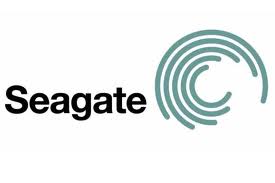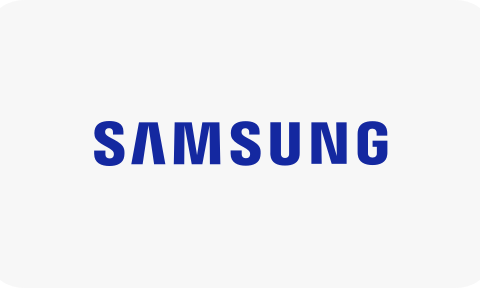Seagate Technology plc unveiled its revolutionary, new object-based storage drive— the Seagate Kinetic HDD. Based on the Seagate Kinetic Open  Storage platform, Kinetic HDD dramatically reduces total cost of ownership (TCO) by combining an open source object storage protocol with Ethernet connectivity to eliminate multiple layers of legacy software and hardware infrastructure— greatly simplifying cloud storage architectures.
Storage platform, Kinetic HDD dramatically reduces total cost of ownership (TCO) by combining an open source object storage protocol with Ethernet connectivity to eliminate multiple layers of legacy software and hardware infrastructure— greatly simplifying cloud storage architectures.
Introduced in 2013, the Seagate Kinetic Open Storage platform has garnered broad industry support from cloud and enterprise customers, as well as software and hardware systems partners, including AOL, Digital Sense, and Hewlett Packard, which have collaborated to support the open Kinetic API and helped to enable this new storage technology to come to market.
“Over the past decade, the unprecedented explosion of data has been driven by social media, smartphones, tablets, and the rapid growth of every sort of Internet-connected device,” said Scott Horn, Seagate vice president of marketing. “Cloud service providers (CSPs) are increasingly looking for solutions that will simplify infrastructure, improve scalability and reduce costs— Kinetic HDD addresses these needs revolutionizing the data storage economics for today’s cloud and beyond.”
The Kinetic Open Storage platform dramatically simplifies large-scale storage architectures by eliminating the overhead of an entire storage server tier, which in turn lowers equipment costs. Fewer number of storage servers also reduces power consumption and headcount expenses associated with managing storage, resulting in lower operating costs, for a combined savings of up to 50 percent.
“The Seagate Kinetic Open Storage platform is a compelling technology that has the potential to empower data centers with more scalable solutions at an industry-low TCO,” said Dave Reinsel, IDC’s group vice president for storage and semiconductors. “Seagate’s move into this space is a strategic addition to its core storage business as it aligns with the open community, as well as with the needs of CSPs that are looking for new architectures to manage their vast and growing lakes of data.”
“The Kinetic Open Storage platform will help AOL improve data center efficiency by reducing the number of servers required to store data for modern scale out applications,” said Dan Pollack, chief architect – storage operations for AOL. “The addition of Kinetic devices to the storage environment creates architectural flexibility when deploying systems. Kinetic storage also improves TCO when storing the enormous data sets required by applications, while simplifying management and reducing the effort required to operate reliable data storage systems.”








